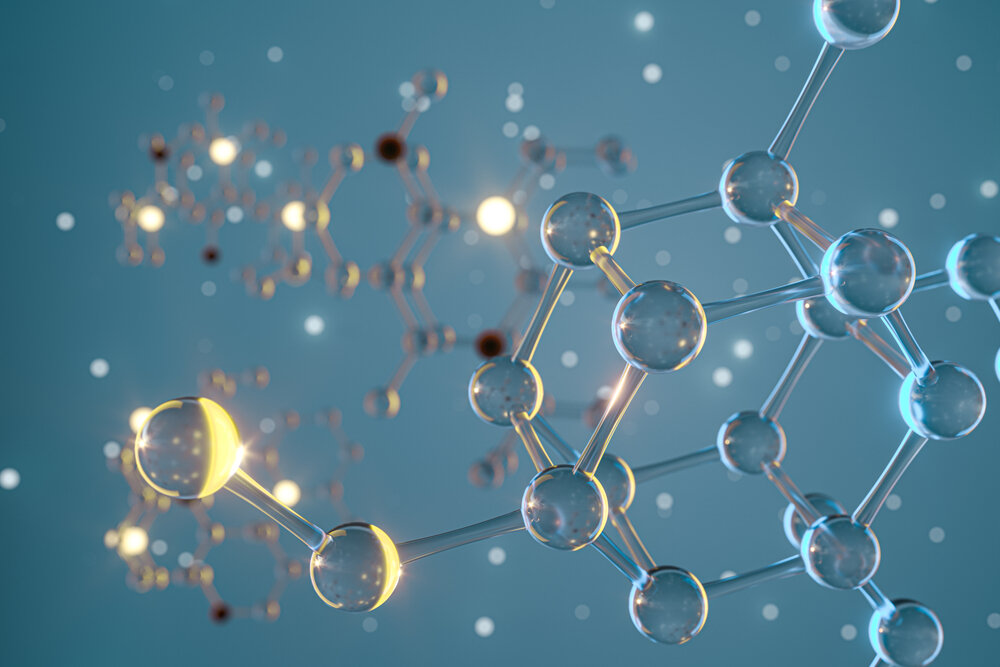Developing better nanopore technology

At the simplest of levels, nanopores are (nanometre-sized) holes in an insulating membrane. The hole allows ions to pass through the membrane when a voltage is applied, resulting in a measurable current. When a molecule passes through a nanopore it causes a change in the current, this can be used to characterize and even identify individual molecules. Nanopores are extremely powerful single-molecule biosensing devices and can be used to detect and sequence DNA, RNA, and even proteins. Recently, it has been used in the SARS-CoV-2 virus sequencing.
Solid-state nanopores are an extremely versatile type of nanopore formed in ultrathin membranes (less than 50 nanometres), made from materials such as silicon nitride (SiNx). Solid-state nanopores can be created with a range of diameters and can withstand a multitude of conditions. One of the most appealing techniques with which to fabricate nanopores is Controlled Breakdown (CBD). This technique is quick, reduces fabrication costs, does not require specialized equipment, and can be automated.
CBD is a technique in which an electric field is applied across the membrane to induce a current. At some point, a spike in the current is observed, signifying pore formation. The voltage is then quickly reduced to ensure the fabrication of a single, small nanopore.
The mechanisms underlying this process have not been fully elucidated thus an international team involving ITQB NOVA decided to further investigate how electrical conduction through the membrane occurs during breakdown, namely how oxidation and reduction reactions (also called redox reactions, they imply electron loss or gain, respectively) influence the process. To do this, the team created three devices in which the electric field is applied to the membrane (a silicon-rich SiNx membrane) in different ways: via metal electrodes on both sides of the membrane; via electrolyte solutions on both sides of the membrane; and via a mixed device with a metal electrode on one side and an electrolyte solution on the other.
Results showed that redox reactions must occur at the membrane-electrolyte interface, whilst the metal electrodes circumvent this need. The team also demonstrated that, because of this phenomenon, nanopore fabrication could be localized to certain regions by performing CBD with metal microelectrodes on the membrane surface. Finally, by varying the content of silicon in the membrane, the investigators demonstrated that conduction and nanopore formation is highly dependent on the membrane material since it limits the electrical current in the membrane.
"Controlling the location of nanopores has been of interest to us for a number of years", says James Yates. Pedro Sousa adds that "our findings suggest that CBD can be used to integrate pores with complementary micro or nanostructures, such as tunneling electrodes or field-effect sensors, across a range of different membrane materials." These devices may then be used for the detection of specific molecules, such as proteins, DNA, or antibodies, and applied to a wide array of scenarios, including pandemic surveillance or food safety.
The research was published in the journal Small.





